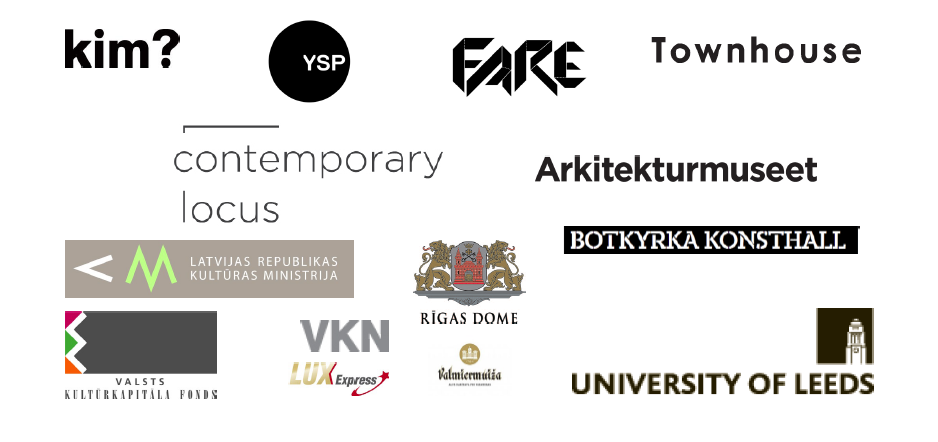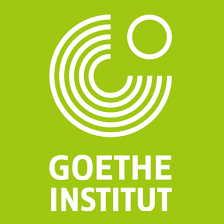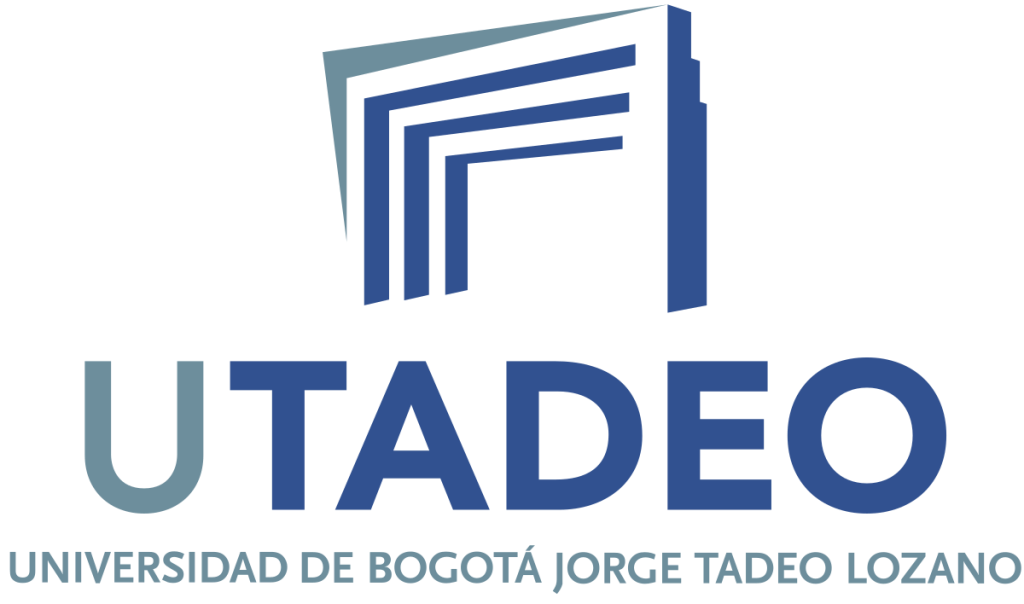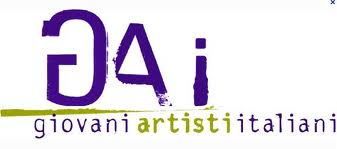‘Dreams are not bubbles that float through the secular modern; they speak directly to, if and within the modern.’
– Mittermaier, Amira, Dreams That Matter, University of California Press, Berkeley, 2011 –
What is the project about?
The Dreams’ Time Capsule takes the form of a relational project staged through survey-based participatory events; it reflects the movement of time and the oneiric memories we carry into our waking life. The delivery phase of this project now offers back to the donors the recording of their original dream recollection. Returned as a gift some years after it was recorded, it encourages reflections on their past hopes and expectations about the future, and spurs new thoughts about fragmentation, generational gaps and tensions dictated by the distance of time.
In fact, each collecting point drew on the participation of different scientific contributors to the research, especially anthropologists and psychologists, to decipher local traditions, folktales and narrative approaches to the interpretation of the dream world.
Stage one – collecting events
The first stage of the project was a series of events where visitors were invited to enter an inflatable structure – the Dream Capsule – placed in various art galleries and external spaces around the world. The structure created a sense of intimacy and solitude – participants entered, usually alone, and were asked to recall and record on a microphone details and memories of dreams that they had experienced.
The capsule’s journey began in 2011 in Turin in Italy, and it has since physically engaged participants in many cities in Europe, Africa, Latin America and the Middle East. For an overview of the collective events always hosted in the public realm please visit the ‘Collecting Events‘ section of this website. The project was also staged during workshops organised in collaboration with educational departments of art spaces and museums in different cities. For more information please see the ‘Workshops‘ section of this website.
Stage two – delivering
The project now plans, as was always intended, to send back the dream recordings to the people who donated them. The delivering period offers the donors an insight into their previous expectations about the future, fragmentations, generational gaps, and tensions dictated by the distance of time. In addition, there is the parallel effect left as a trace to the audience: during and after the participatory events, visitors were asked to keep a ‘resonant memorandum’ to pay attention to their ‘oneiric’ activity. Someone reports old dreams ‘seen’ years before, other prefers to tell about the last and most recent experienced. In both cases the narration results filtered by the chance of sharing more than remembering a personal and intimate memory. The parallel effect left as a trace to the audience: during and after the participatory events, visitors were asked to keep a ‘resonant memorandum’ to pay attention to their ‘oneiric’ activity.
The audio archive has become an open laboratory on the relevance to and impact of social and political changes on the personal and intimate sphere of citizens. In fact, the project has traced personal and emotional reactions during the first democratic vote in Egypt after 30 years of Mubarak’s dictatorship, and after the Brexit vote in the United Kingdom. Being a process-based project of about ten years, the project embodies a series of further considerations in deploying an “a posteriori” approach intertwined with the more than two thousand donors’ expectations of their lives and social and economic changes in the society.
About the capsule
The inflatable structure was designed to immerse the visitor in a unique experience of intimacy and silence, which favours and encourages the retelling of a dream, which is recorded by a directional microphone provided tothe participant. The structure was purpose built by the artist and designed in collaboration with the Italian designer Michele Tavano. It had to be easily transportable and was able to be folded into a small suitcase.
The aim of this first stage was the creation of a database spanning different continents countries and cultures. The project focused on the relationship between the individual and their society, between the private and the collective spheres, and addresses increasing states of anxiety and fragmentation in the contemporary global community.
Since its inception in 2011, the audio archive generated by this project now contains over 2000 recordings of testimonies in many different languages. The ‘Audio Archive‘ page provides excerpts of some of the recordings collected during the public events.
The format of a pop-up exhibition allowed the “time machine” or Time Capsule, to travel across the world. It provided a unique space for people to donate their own dream memory. This gave them the chance to share intimate and personal dream-visions that in sharing become social acts, but also gave participants the chance to be involved in the co-creation of the archive: all participants visited and shared their experiences in the same structure that travelled across continents.
Participants were additionally asked to give their date of birth, nationality, and their email address. This last one was very important, because the intention was to contact them again, ten years after the start of the project. That is now, in 2021/2022.
The capsule’s journey
The journey of the DTC project started in Turin in November 2011, during the Artissima Art Fair. It was presented for the first time in its completed format at the Townhouse Gallery, in Cairo, Egypt, where Frapiccini was invited to attend the residency program, in May-June 2012. In September 2012, the project took place in Stockholm, at the Swedish Museum of Architecture, and in Fittja, during the public art gestival Fittja Open, under the invitation of Botkyrka Konsthall. In August 2013, the capsule travelled to Colombia, to the university library of Jorge Taleo University, in Bogotà and a few days later to Latvia, at the kim? Contemporary Art Center in Riga. In 2014, the collecting event was hosted at the public art festival Alwan 338, in Manama, Bahrain. In March 2014, it was installed, by invitation, at the itinerary exhibition We-Traders, under the invitation of the Goethe Institute of Turin and the curatorial collective a.titolo; from June until September 2014, the participatory project was installed at the Castello di Rivoli Museum of Contemporary Art, in Italy. During 2016, the project continued its travel to Sharjah, United Arab Emirates upon the invitation of the Maraya Art Center, and it was staged in Dubai during Art Dubai, and in Al Majaz, Sharjah in March 2016. In July 2016, the Yorkshire Sculpture Park hosted the project for a ten-day event. The same year, the capsule travelled back to Italy again, to Bergamo for Contemporary Locus 11. The first collecting event after the pandemic crisis was held in Potsdam, near Berlin, Germany, on August 2021, during the Festival Localize. In 2022, the Dreams’ Time Capsule was installed in the cloister of Palazzo Ducale in Genoa, a few months before the project Dust of Dreams, hosted in the same rooms of the museum. In 2023, the participatory event took place at the civic centre Ciro Colonna, in Naples during the presentation of the audio archive installation Dreams’ Archive at the MADRE Museum.
You can view more information on the collecting sites here.
The project has been supported by






Hai eva
Hi Haitham! Nice to hear you! Have you listened your recording? Please, dont hesitate to reply by email. I am looking forward to reading you! 🙂